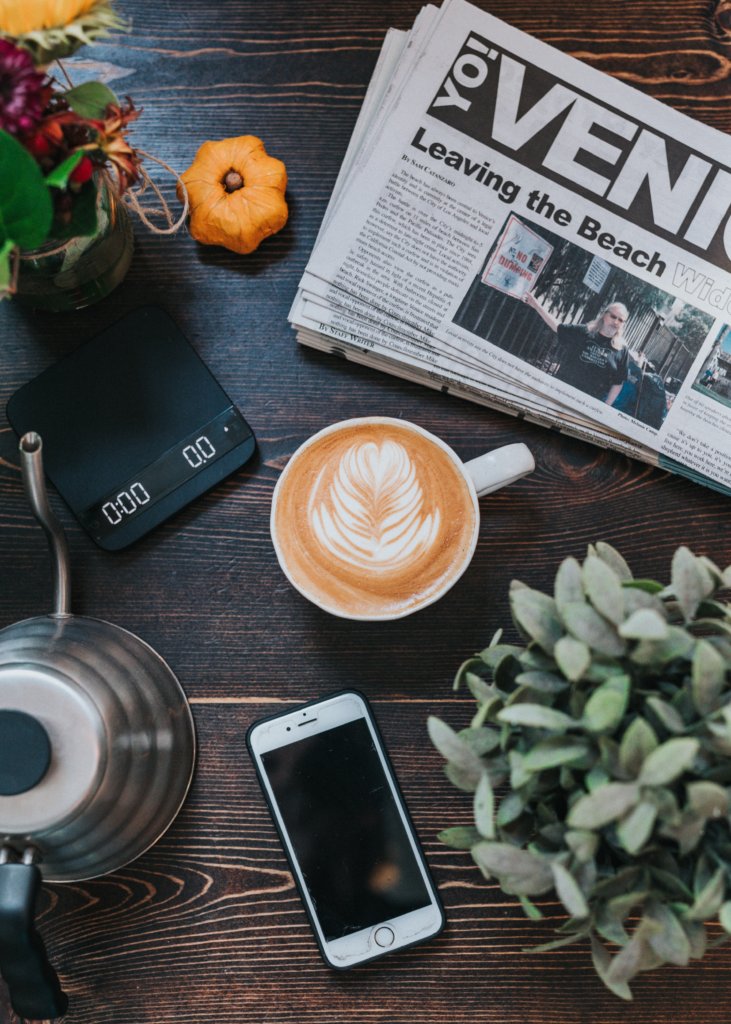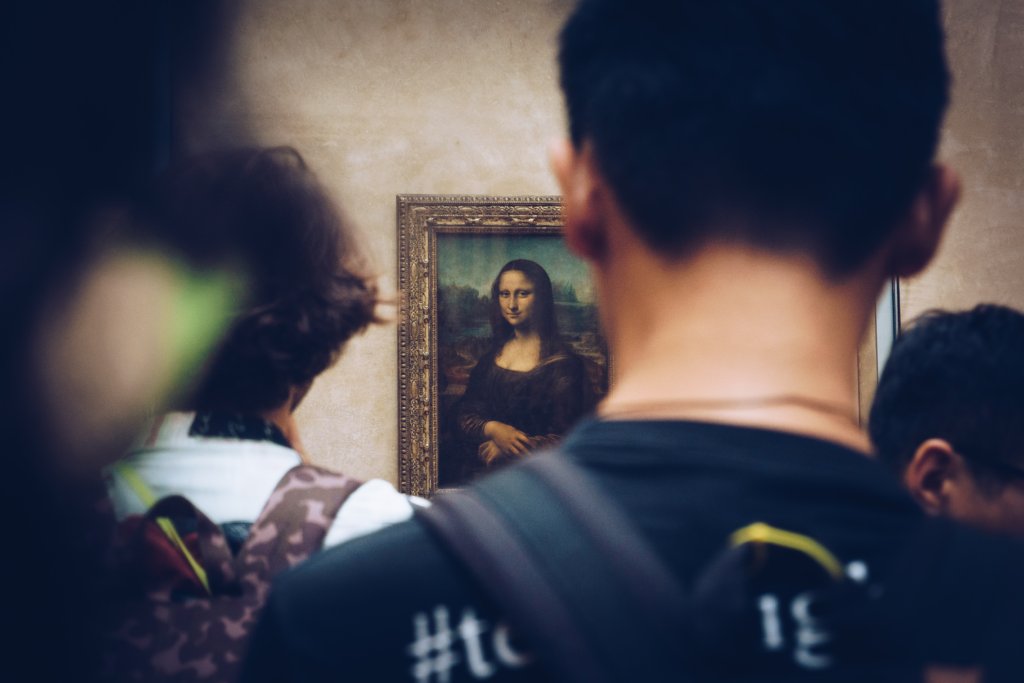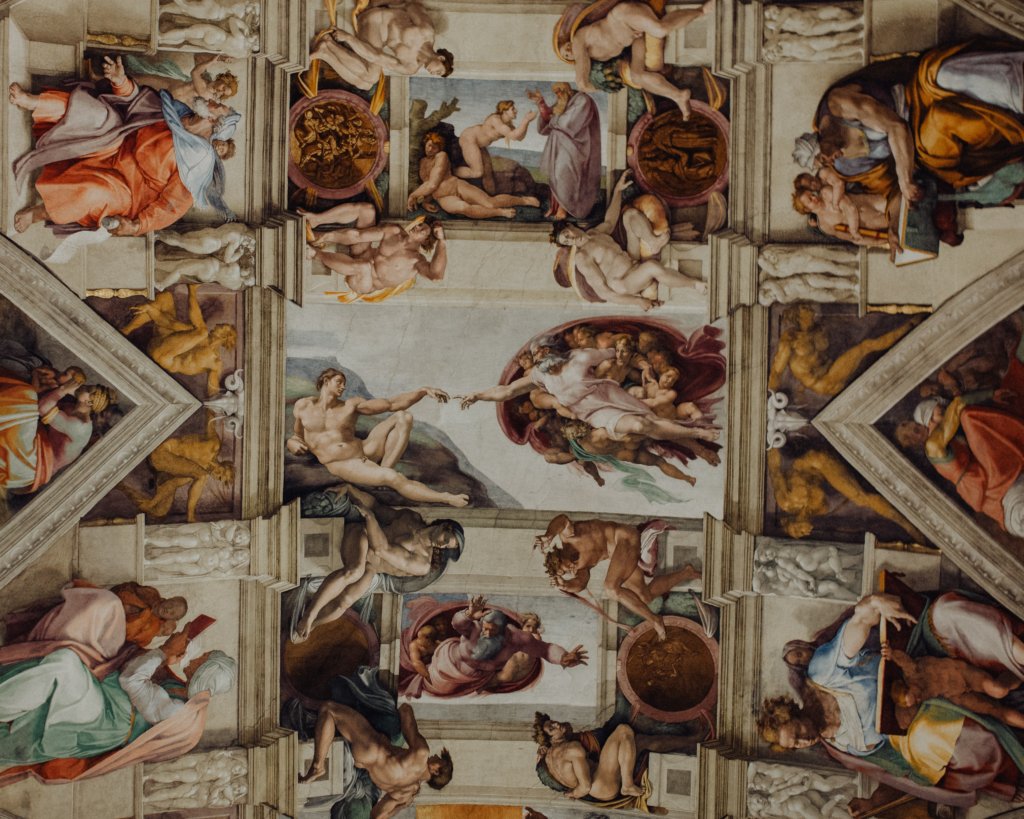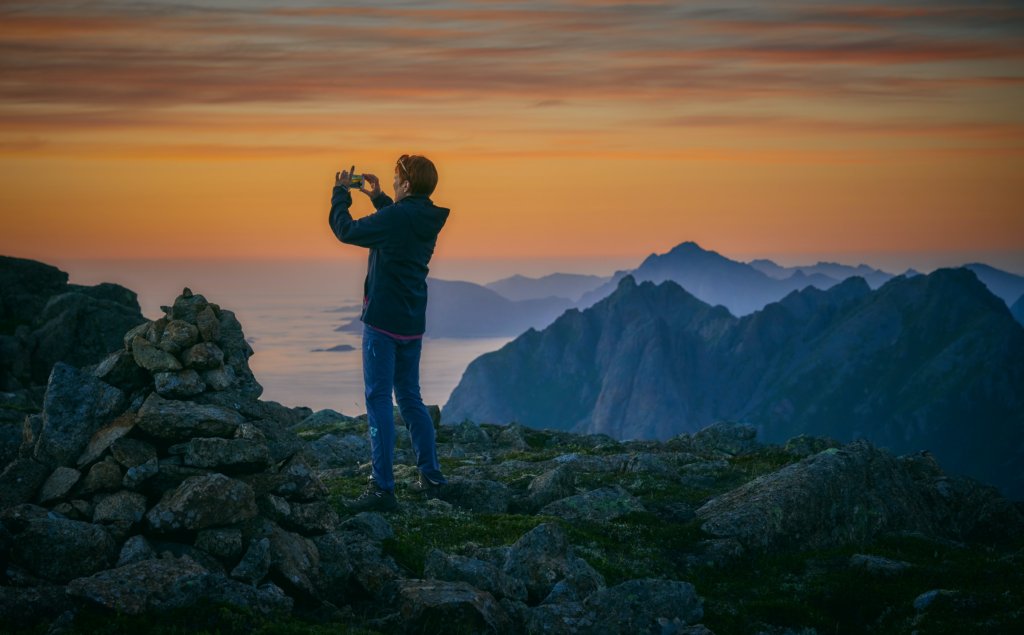6th November 2023
Listen
Listen

Opinion pieces are the view of the author and in no way reflects the views of the Liverpool Guild Student Media or Liverpool Guild of Students.
Although what I will soon ask you to picture can only be described as a twenty-first century nightmare, I must make two things clear. It is fiction, and doesn’t mean you have to put your phone on a leash.
We wake one day, the necessity of the REM cycle robbing us of eight quality watching, listening and scrolling hours. Hungry for entertainment, we reach our arm, expecting to see the glow our lock-screen. We find nothing but an oaken flatness and panic: ‘But this is where I leave it to sleep-charge, rather’ you think, patting your night-stand. Having launched out of bed, you check the usual areas: kitchen counter-top, the canyon between sofa cushions, even the bathroom. Where is your phone?

Fear rears her ugly head once more. “How will I check what my friends have had for breakfast?” The loss of Instagram would be too much to bear. You wonder, how will anyone know what I got from ASOS today, without being able to put it on Snapchat? You remember the App Store and iPad’s exist. There is a veritable goldmine of entertainment options! You begin to calm down, remembering that Loose Women can tell you what your real opinion of social media is.
And with such comforting thoughts, your search for the iPad begins. Yet, you find it written on the missing list, along with your phone. Suddenly, it dawns on you. Technology has grown legs and ran away from its captors. This departure leaves us idle, uninterested and unentertained with everything that came before.
So, here ends my literal (and Shakespearean, if I do say so myself) interpretation of a breakup between technology and man. It has become clear to me in quarantine, just how monotonous we would consider everyday life without our trusted gadgets. Reluctantly, I will admit to reading the trending pages of Twitter in a similar manner to fetching a morning delivery newspaper from your doorstep. Or considering Snapchat’s article section as a treasure trove of journalistic skill and informative topic selection. I know. I’m rolling my eyes too.
Similarly, as a cautious and more academically driven person, I find myself feeling melancholy of lost opportunity. Seeing other Instagram users relish in remembrance of social outings, boozy four-day benders and countless cheap-as-chips European getaways, I begin to worry. Did I spend my pre-quarantine time wisely? Social media tends to infect its users with cases of comparative “WHO IS HAVING MORE FUN” syndrome. As of right now, there is no cure (but to have more fun). With lock down enclosing the extroverts, we must collectively indulge in isolation. And oh my, does it reveal the red flags of our dependency.

Instagram often acts as an autobiographical gallery of images and videos for some of our lives most document-worthy moments. As a result, I myself, have a section of highlights that go from 2017-2020 – what little time we were allowed to enjoy ourselves in this period, that is. I don’t feel there’s anything particularly wrong with it. However, I don’t like the way it makes me feel when I analyse it. Does blame lie at the lens of the camera, ready to reproduce or the human eager to remember? The question begs: where does this dependency come from?
Having had an incredible influence on contemporary film and visual studies, Walter Benjamin’s The Work of Art in the Age of Its Technological Reproducibility is a fascinating read. He describes the historical value of human artistic production with strikingly intelligent deconstruction and criticism. Reading the 1935 essay, I compared myself to Archimedes in the bath crying Eureka! It was at this point, I finally understood (except in this scenario, I am not in a public bath, but a bubble bath surrounded by candles, breathing in incense. Fancy!) Here, are some concepts that Benjamin uses to describe our changing perceptions of art and technology.
No, this isn’t the same aura that your yoga instructor tells you to picture in the cool down. Benjamin uses to explain the uniqueness of objects, natural and historical. Picture this: you sit in the backseat of an Alpha Taxi on the way home from an alcohol-fuelled club visit. You see your favourite takeaway and roll down the window to take in the beauty of its alarmingly yellow sign while you can.
Or a more general explanation, being at a celebration with your friends, and stealing a moment to look around, observe, enjoy. Revelling in a unique moment of happiness; absorbing it while it happens. This, Benjamin says, is the concept of Aura.
As a species who lavish in the decadence of their surroundings, we naturally wish to reproduce them. Leonardo DaVinci is unlikely to have painted the Mona Lisa because she threatened to squeeze all his paints out if he didn’t. Her beauty became his muse, while also his wish to ensure it lived on.

How people receive art, Benjamin has divided into two categories that have been commonly seen throughout history. Below, is an image of Michelangelo’s Sistine Chapel ceiling artwork (a quite naughty photograph might I add, as visitors of the Chapel are instructed to put away their cameras.)

It depicts various scenes from the book of Genesis and is a numinous sight to many of Hebrew and Christian faith. Benjamin notes the significance of such artworks: it is more important for these figures to be present than be seen. After all, you’re not likely to say: ‘Sorry to interrupt Mr Tour Guide. Do you mind if I use this incredibly large ladder to inspect the ceiling? I’d like to see the detail in Moses’ face.’
In other words, the Cult Value today is when it must be protected, kept out of sight. What it represents, is more important than its form.
The second reception of art, is its Exhibition Value. How far removed is the art is from its original cult value? To give an example: the completion of a Nativity scene in the church adjacent to my house relied on a small figure of The Virgin Mary. In helping them, did I find myself on Easy Jet, booking a round trip to Belgium and chipping away at Madonna of Bruges? (pictured below) No. I skipped to Wilkinson’s, and found a charming, scaled, perhaps even more colourful, plastic model.

The figure was a cheap, easy to access reproduction. It takes away from the intended, ethereal effect of its earliest model. Here, Exhibition Value overtakes Cult Value for the first time.
Above all, the artists original goal was to create something worthy of remembrance or have its value fade into obscurity. Do you ever wonder why 17th-18th century portraits are unnerving to look at? In the Victorian Era, the cult value of a painted portrait was the humans last shot at remembrance. Their Aura beckons to the viewer for the final time. Similar to when you wake up from a night out, check your photo album and come across the last acceptable photo of you and your friends before being shoveled into a taxi. This picture is how you would want to be remembered.
Written in a time where entertainment and photography were only just beginning to thrive, Benjamin highlights how the era of reproducing art has altered human perception. Where once, a sandy, sunset stroll on the beach would be enjoyed with the naked eye, you would hardly be able to do this now without coming across twenty people holding their phones to the sky in comparison. “Isn’t this a good picture?” “Yours looks better than mine, wait while I take another.” The same applies to social media. We all know them, we’ve all seen them: the group of men/women on a night out who, instead of enjoying the company of their dearest friends, choose to pose against the most attractive wall in the room before going home, having hardly spoken a word.

Not to say I don’t understand; Benjamin knows it is human nature to replicate beauty, immortalise it even. But the point of The Aura is the here and now. There is a reason you are instructed not to photograph the Sistine Chapel, and why seeing a picture of it online just isn’t as beautiful. It is a sight so valuable and, so unable for frequent visitation, that they want you to observe and immerse yourself in it while you can. Why do we not feel this way about social interaction?
Life is fleeting and moments of delight are irreplaceable. The Cult Value of our existence is the pleasure we take in experience. If all your focus is on capturing the Aura of the moment, Exhibition Value becomes infectious. (I believe this is the main cause of the fatal WHO IS HAVING MORE FUN syndrome.) I propose an alternate cure: if photography is art, the moments within them are their subject. Nurturing them with attention could reduce the feeling that a moment isn’t precious if not on the highlight reel.
However, in this time of isolation, social media has been a comforting reminder of how joyous life was with freedom. To sum up, as I flick through my three years worth of memories, reminiscing of group shopping trips, holidays, restaurants, and pubs, I will make sure that when we return to normalcy, I enjoy the Aura of natural moments with as much enthusiasm and attention as I pay to my phone.
Featured Image Credit: Photo by Marjan Grabowski on Unsplash